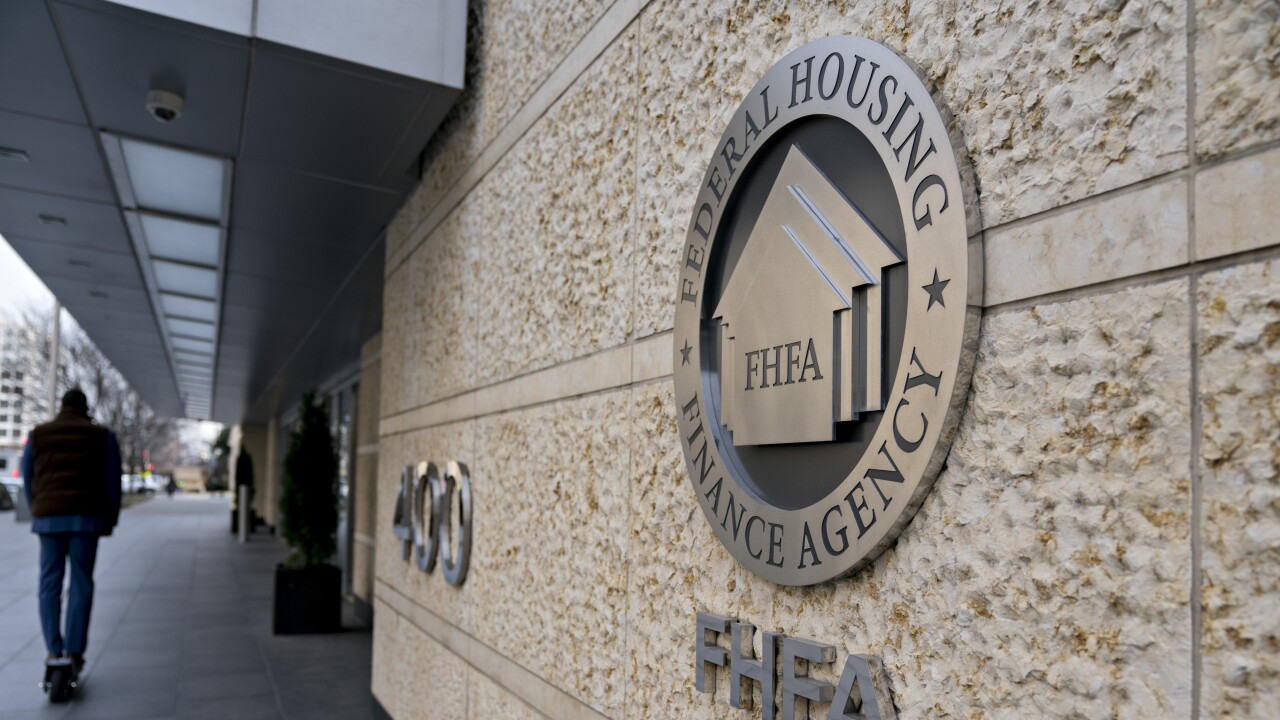The rate at which traditional mortgage accounts went into default for the first time rose in January, returning to highs that haven’t been seen in several months.
At 0.31%, the balance-weighted first-mortgage default rate was the highest it’s been since last April’s 0.33% and up from 0.28% in December, according to Standard & Poor’s and Experian. A year earlier, the average default rate in this category was 0.32%.
The recent upward trend is in line with broader indications that some measures of mortgage performance have been held artificially low by forbearance and other pandemic relief
Prior to the pandemic, in February 2020, the first-mortgage default rate tracked by S&P and Experian was far higher than it is now at 0.84%. But in the wake of the Great Recession in 2011 it was more than twice as high, rising above 2%.
The recent increase in the first-mortgage default rate has been somewhat in line with broader trends in consumer finance performance as measured by the S&P and Experian.
The composite default rate for consumer finance also rose 3 basis points from December to 0.43%. Default rates for bank cards and auto loans increased more markedly during January. The former jumped by 7 basis points to 2.02%. The latter climbed by 4 basis points to 0.53%.
The higher numbers for initial default rates, combined with upward pressure on interest rates from inflation and
The latest reading on the Mortgage Bankers Association’s monthly credit availability index, which analyzes data from industry vendor ICE Mortgage Technology, registered a slight
Lenders are seeking to open up their credit boxes to
While the latest reading on the MBA’s index (124.8) was the lowest seen since last August, it’s still well above the benchmark reading of 100 that corresponds to March 2012, a period after the Great Recession when housing credit was unusually tight.
Some positive economic signs bode well for mortgage performance and credit, but experts are wary of some mixed indicators they’ve seen in the market and both the MBA and S&P/Experian recent reports suggest increased hesitancy on the part of lenders.
“Prior to last month, there were six months of increasing jumbo credit supply, driven by strong demand, rapid home-price appreciation, and the overall strength in the economy. That growth streak ended last month,” said Mike Fratantoni, chief economist at the Mortgage Bankers Association, in a press release.
Investors have “reduced their willingness to purchase jumbo loans and also raised credit requirements,” he noted in the group’s report.





